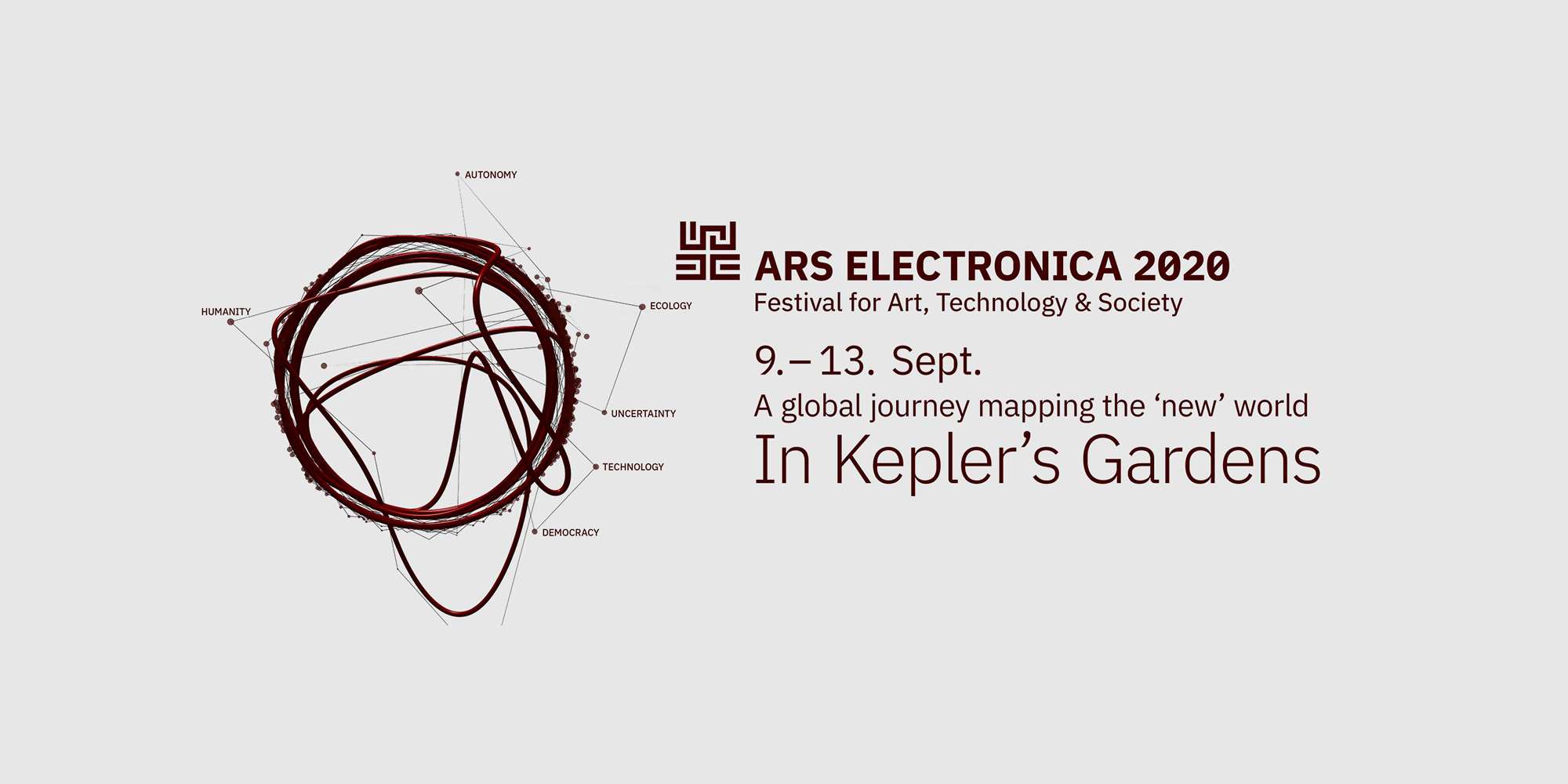Sound Art

Mechanical Garden after Tytus Czyżewski
Paweł Janicki (PL)
Interactive installation inspired by visual poem Ogród Mechaniczny (Mechanical Garden”) by Tytus Czyżewski (1922) re-created in a contemporary medium (software). The work touches on issues of conditional arts, synthetic nature and the relation of art, nature and technology in general. Ogród Mechaniczny is a multiuser installation based on motion tracking, transforming the “frozen” image by Czyżewski into an amorphous, interactive and playable situation.
![quartets online, Yamaguchi Center for Arts and Media [YCAM] (JP)](https://ars.electronica.art/keplersgardens/files/2020/08/Yamaguchi_1_quartets_online@quartets_team-1-300x150.jpg)
quartets online
Otomo Yoshihide + Norimichi Hirakawa + Yuki Kimura + Ko Ishikawa + Yoshimitsu Ichiraku + Jim O’Rourke + Kahimi Karie + Sachiko M + Axel Dörner + Martin Brandlmayr + YCAM
"quartets" is a performance piece that happens only in the video streaming system. Eight musicians performed improvisation individually for the recording, as they imagined a session with the others. In this piece, the performances are blended or combined at random, and each time a whole new set of improvised music comes to exist. In "quartets", we will conceive the meaning of ensemble and questioning how we could imagine "others" in this isolated and increasingly complex situation.
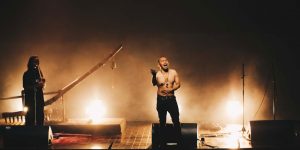
Sound Tectonics #24: Mystic Rhythm
SENYAWA / Wukir Suryadi & Rully Shabara (ID) & Kakushin Nishihara (JP)
Sound Tectonics is a long-run series of live performances and music events that have been held by YCAM since 2004. This program emphasizes listening experience through a different aspect of music production, sound art, and stage production. This time, we want to highlight the possibilities between modern (audio) technology and traditional/ancient sounds by inviting Senyawa (Indonesia) and Kakushin Nishihara (Japan). Both musicians are known to combine those two aspects and bring a new sound.
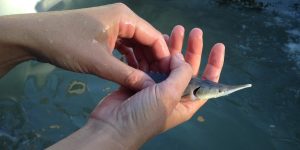
Zugzwang - The Compulsion to Find a Common Baseline in Sound
Christina Gruber (AT), Samuel Hertz (US)
Zugzwang erprobt, ob der Einsatz von Technologie helfen kann, Menschen wieder auf ihre Artgenossen und Umwelt einzustimmen. Geräusche sind allgegenwärtig, trotzdem haben wir Probleme sie zu verstehen. Missverständnisse und Verzerrungen kommen ständig vor. Kann Zuhören wieder zu einer der wichtigsten Fähigkeiten werden, um von der Umwelt zu lernen?

Above the Below
Mathieu Zurstrassen (BE)
/bəˈloʊ/ ist eine Klanginstallation im Freien, bei der eine Pfeife eine Audiodatei aussendet, die aus dem Boden kommt. Die Audiodatei spielt eine Lesung aus dem Buch *How to Analyze People on Sight* ab, von Elsie Lincoln Benedict und Ralph Paine Benedict aus dem Jahr 1921.
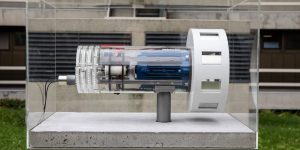
Political Atmosphere
Felix Lenz (AT)
"Politische Atmosphäre" ist eine Erlebnisinstallation, die die unsichtbaren Zusammenhänge zwischen Flugturbulenzen, Klimawandel und Krieg verstärkt. Sie besteht aus einer datengesteuerten mechanischen Sirene und einer ADS-B-Antenne, die es ermöglicht, den umgebenden Flugverkehr zu empfangen, zu verarbeiten und zu visualisieren. Jeder Flug beschleunigt langsam den latenten Aufbau von Potential, bis eine Schwelle überschritten wird und ein Mechanismus die Sirene auslöst.

Ars Electronica AIxMusic Online Hackathon
Philippe Esling (FR), Lamtharn Hanoi Hantrakul (TH), Carmine Cella(IT), Edward Tiong (US) and Yishuang Chen (US)
Anlässlich des ersten Online-Festivals veranstaltet Ars Electronica seinen ersten internationalen AIxMusic Hackathon im Rahmen des AIxMusic Festivals 2020.
AI x MUSIC FESTIVAL Opening Ceremony
The Grid (US/EU), Gray Area (US), Codame (US), ZERO1 (US), MUTEK.SF (US), EUNIC Silicon Valley (US), EUNIC Washington DC (US), EUNIC New York (US), Ars Electronica AIxMusic Festival (AT), STARTS, European Commission (EU), Center for Humane Technology (US), Salesforce (US)
Ihr guide zum AIxMUSIC FESTIVAL Opening mit Livestream.
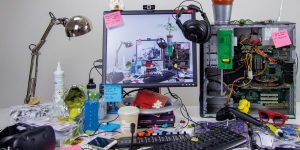
THE WILD STATE: State of Intimacy
Fabrizio Lamoncha Martinez (ES)
Diese einzigartige Ausstellung spiegelt in vielerlei Hinsicht die Vielfalt der internationalen Studierendengruppe von Interface Cultures wider. Viele der Kunst- und Technologieprojekte der Studierenden scheinen uns zu ermutigen, über neue kollektive Werte nachzudenken.
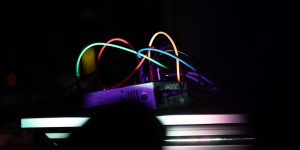
THE WILD STATE: Sound Campus
Enrique Tomás (ES)
Sound Campus ist ein neues Programm, das speziell darauf ausgerichtet ist, den Stand der experimentellen Klangpraktiken an Universitäten und Forschungszentren zu untersuchen. Es eröffnet Studierenden und ForscherInnen die Möglichkeit, dem großen Publikum des Ars Electronica Festivals neue Formen des Verständnisses von Klangkunst vorzustellen. Das diesjährige Programm, das von Enrique Tomás kuratiert wird, präsentiert unbehagliche Klangperformances, die im Angesicht einer kritischen Gegenwart nachklingen. Aufdringliche Musik, die uns trotz der Abriegelung berührt.
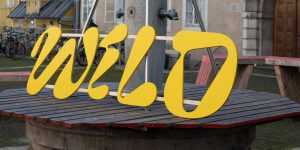
THE WILD STATE: Networked
Julia Nüßlein (DE), Davide Bevilacqua (IT)
Die Ausstellung "Der wilde Staat: vernetzt" versucht, den Zustand der Unsicherheit hinter sich zu lassen, indem sie einige der jüngsten und interessantesten Beiträge auf den Linzer Hauptplatz bringt. – Ein Rundgang durch die Ausstellung mit den KuratorInnen Julia Nüßlein (DE) und Davide Bevilacqua (IT)
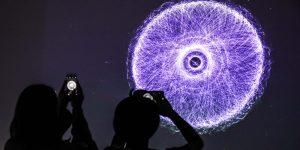
Ars Electronica Export - Tour and Networking
Ars Electronica Export reist nach Nikosia (RISE), Dresden (Hygienemuseum), Esch-sur-Alzette (Kulturhauptstadt2022) und San Sebastian (Tabakalera), um über die Zusammenarbeit und die Projekte zu sprechen, die wir nicht nur während des Ars Electronica Festival 2020 sehen.
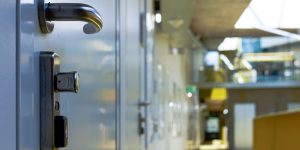
Exposed Building
Michael Roland (AT), Michael Mayr (AT), Robert Holzinger (AT), Markus Vogl (AT)
Durch Öffnen eines Wandpanels und einen Hack der dahinter liegenden, vernetzten Gebäudeelektronik wird Zugriff auf das elektronische Schließsystem des Science Park 2 erlangt. Das Gebäude verwandelt sich mit seinen in den Türschlössern verbauten Summern in ein Orchester und erklingt wie ein riesiges, begehbares Instrument. Die Installation soll auf eine spielerische Art und Weise dazu anregen, sich mit der Verletzlichkeit moderner Technik und den damit erwachsenden Risiken für unsere Gesellschaft auseinanderzusetzen.
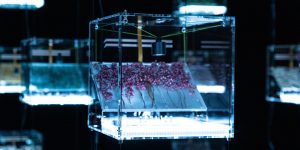
The Transparency of Randomness
Mathias Gartner (AT), Vera Tolazzi (AT)
The Transparency of Randomness' ist eine interaktive Rauminstallation, die Einblick in die Welt des Zufalls gibt. In einem transparenten Würfelsystem werden kontinuierlich Zufallszahlen generiert, die als Basis für Echtzeitberechnungen sowie Visualisierungen dienen. Dieser Prozess wird durch die Verwendung verschiedenster Naturmaterialen und deren Komplexität beeinflusst.

Biocomputer Rhythms
Interdisciplinary Centre for Computer Music Research (ICCMR), University of Plymouth (UK), Eduardo Reck Miranda (BR/UK)
Biocomputer Rhythms is a piece for prepared piano and percussion. It is a musical duet between a pianist and an intelligent interactive biocomputer. The biocomputer listens to the piano and produces musical responses during the performance. The responses are played on percussion instruments and on the piano by the pianist. The piano is prepared with electromagnetic actuators positioned inside the instrument to vibrate its strings. Electromagnetic actuators are also used to vibrate percussion instruments.
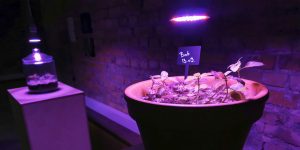
Planting a Resort for Mental Ecology
MPLab – Liepāja University Art Research Laboratory (LV)
People of Liepāja know very well that a garden is essential – without planting a park along the coast, the little seaside town would be consumed by sand, wind and water. The roots of trees keep the structure of the dunes stable, and people of Liepāja can retreat from the everyday struggles and storms in a safe garden environment.
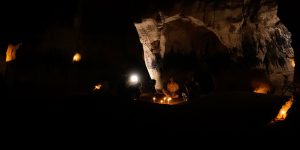
Finding Amir / From Jerusalem to the Judaea Desert, Israel
Musrara, the Naggar School of Art and Society (IL)
The day that Covid19 sent us all into isolation, Amir Meir, a member of the Musrara Sonic Art Research Group׳ announced he was going to spend the quarantine in one of the many caves in the Judean Desert near Jerusalem and disappeared ever since. With the aid of space and sound illusions practices, the film "Finding Amir" tries to touch on the in-depth questions about the imagined realities that lie behind the walls of digital and symbolic representation.
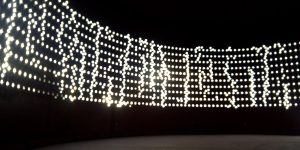
remote/displaced
Äänen Lumo (FI), Aalto University (FI), quietSpeaker (FI)
remote/displaced allows for an immersive exploration of a virtualized physical space: Öljysäiliö 468, a vast, decommissioned oil tank in East Helsinki. It takes the shape of a small collection of brief immersive audio-visual visits to this special remote place, exploring ways to listen to the encounter between sound, technology, space and landscape, as it emerges like a precarious ecosystem, where the boundaries between natural and artificial are constantly renegotiated and deformed by technology.
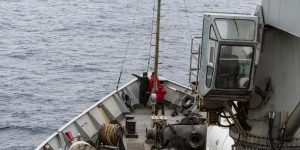
Achaeoscillator_Towards incorporeal forms of sensing listening and gaze
Terra Australis Ignota Research Group (CL) with Santiago Museum of Contemporary Art (MAC)
Achæoscillator displays the drastic weather conditions of the southernmost island in the world on a virtualized representation of the end/beginning of the Americas. A one-person experience, where the research presents traces and connections between the ancestors of the Yagán community, the Kawesqar and Selk’nam and the Antarctic, Scotia and South America continental plates, offering an inestimable and uncontrollable source of Gaia's power.
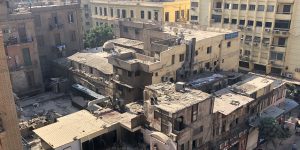
WE ARE DATA
Cairotronica (EG)
WE ARE DATA came as a response to a rising responsibility placed on "technology" as a tool which facilitates inclusive development and solutions to many challenges currently facing cities like Cairo. This, in turn, raises questions about security, privacy, accountability, bias, agency, transparency, and ethics among many others. Through the We Are Data fellowship, we wanted to encourage dialogue on the complexity of technology and data from the perspective of 6 Egyptian artists.
